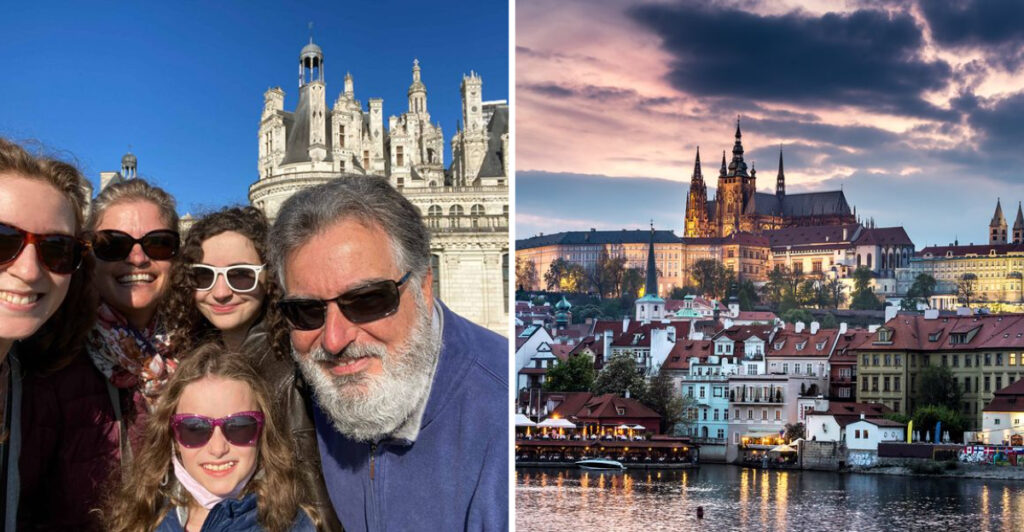Throughout history, fortresses have stood as mighty sentinels of power and protection. These monumental structures tell tales of battles fought and kingdoms defended, offering glimpses into the past that shaped our present. From the rugged cliffs of Scotland to the sun-drenched walls of India, each fortress bears its own story, etched in stone and mortar. This journey through 20 enchanting fortresses reveals the architectural wonders and historical significance that continue to captivate and inspire minds worldwide.
Edinburgh Castle
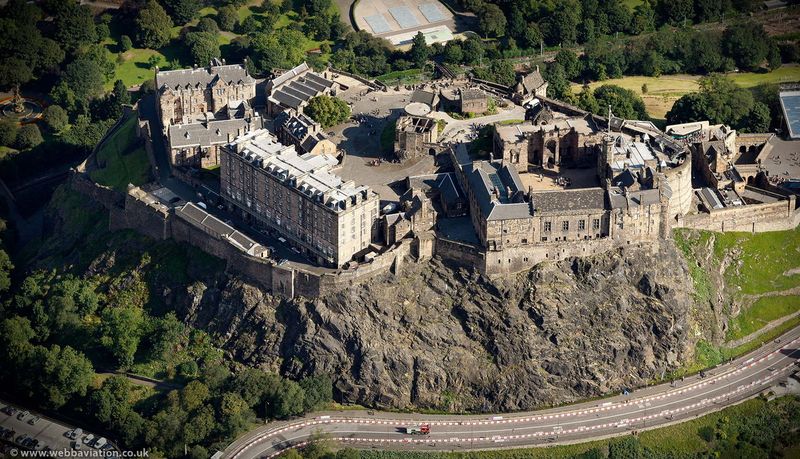
Perched atop the volcanic Castle Rock, Edinburgh Castle commands the skyline of Scotland’s capital. Steeped in history, it’s a testament to the city’s turbulent past and strategic importance. From the Crown Jewels of Scotland to the Stone of Destiny, relics within echo tales of kings and conquests.
Walking through its gates, one can almost hear the clashing swords and the shouts of centuries past. The Great Hall and St. Margaret’s Chapel add layers of architectural brilliance.
Did you know? The One o’Clock Gun, still fired daily, serves as a reminder of the castle’s enduring legacy.
Neuschwanstein Castle
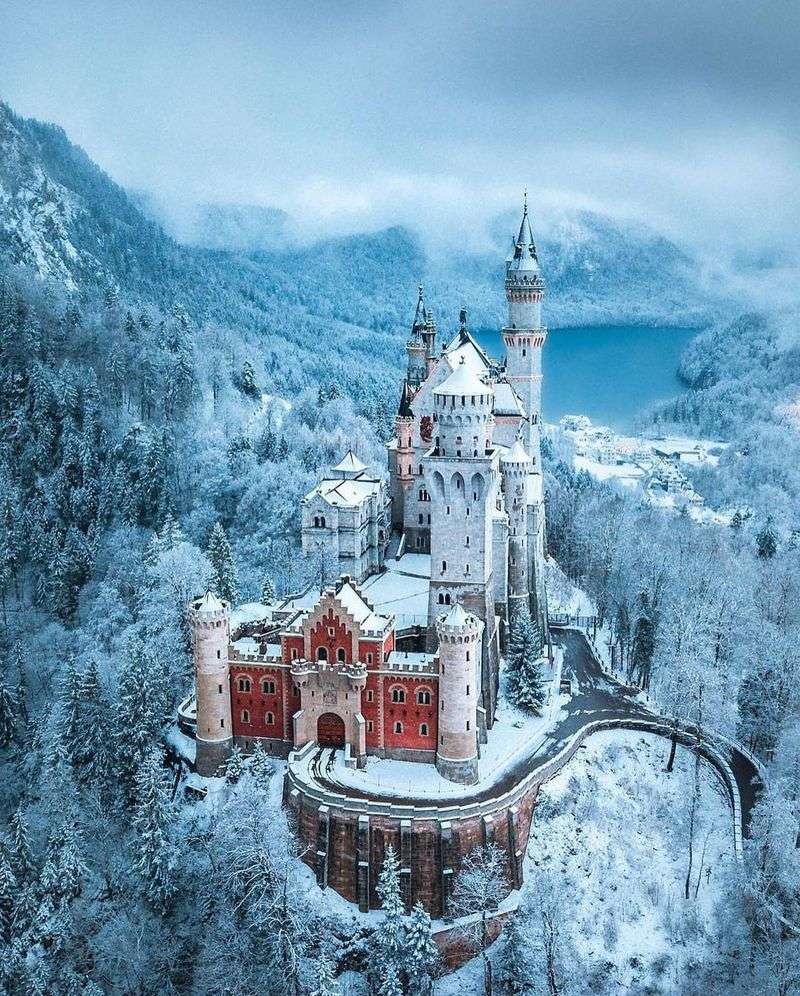
Rising from the Bavarian Alps, Neuschwanstein Castle is like a dream frozen in time. Built by King Ludwig II, its whimsical design inspired Disney’s Sleeping Beauty Castle. Each room whispers tales of the Mad King’s romanticism and solitude.
The Throne Room dazzles with Byzantine grandeur, while the Singer’s Hall sings of medieval chivalry. Its picturesque setting only adds to its enigmatic charm.
Fun fact: Despite its medieval appearance, Neuschwanstein was completed in the late 19th century, showcasing Ludwig’s passion for historic fantasy.
Alhambra
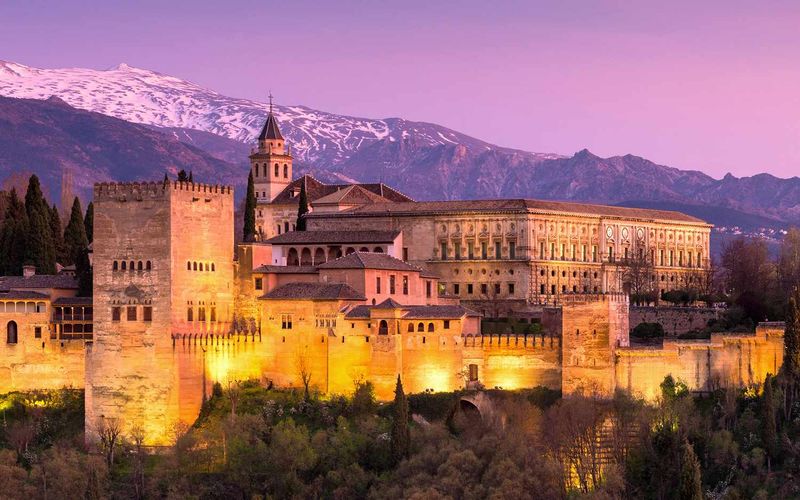
Nestled in the hills of Granada, the Alhambra is a masterpiece of Islamic architecture. Its red-tinted walls and ornate arches reflect centuries of Moorish influence. The Palace of the Lions and Hall of the Ambassadors are epitomes of elegance.
Wander through the Generalife gardens, and feel the serenity that inspired poets and sultans alike. Each fountain and courtyard tells a story of artistic and cultural fusion.
A curious fact: The name Alhambra means ‘The Red One,’ derived from the reddish hue of its clay walls.
Prague Castle
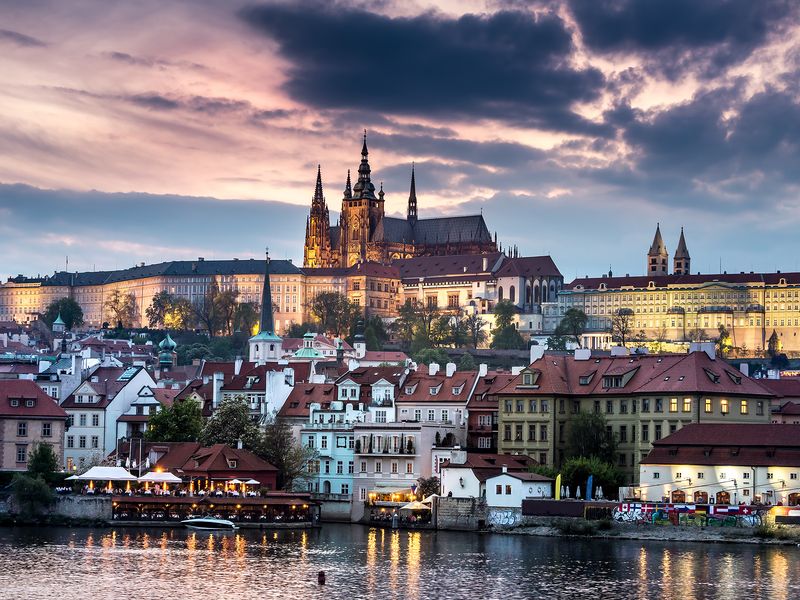
With its majestic Gothic spires, Prague Castle is a symbol of Czech history and culture. Spanning over 1,100 years, it holds the record as the largest ancient castle in the world.
The St. Vitus Cathedral and Golden Lane echo the artistic brilliance of bygone eras. Wandering its vast courtyards, one can almost touch the whispers of Bohemian kings.
Did you know? Prague Castle has witnessed the rise and fall of emperors, dramatic defenestrations, and the Velvet Revolution’s peaceful triumph.
Matsumoto Castle
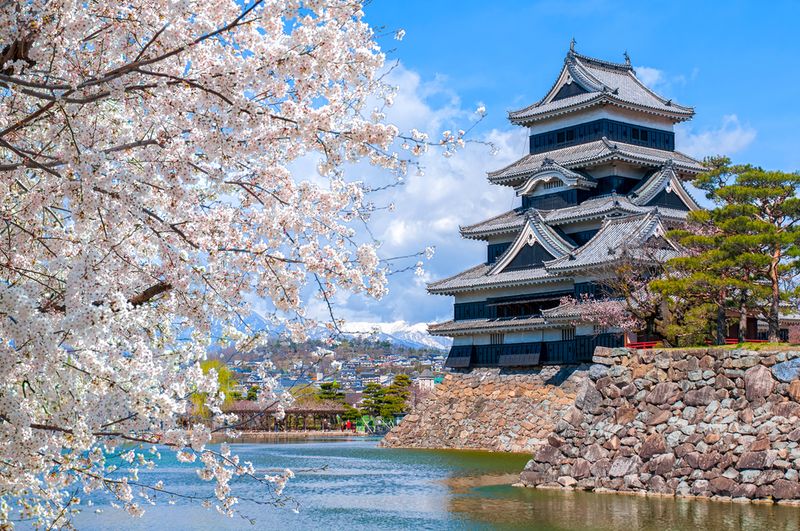
Known as the ‘Crow Castle’ for its striking black exterior, Matsumoto Castle stands as a formidable sentinel amidst Japan’s Alps. Its five-tiered keep is a rare example of surviving feudal architecture.
Climbing its ancient wooden steps, visitors are transported back to the era of samurais and shoguns. The moat and cherry blossoms create a picturesque scene in spring.
Interesting tidbit: Unlike many Japanese castles, Matsumoto was built on flat land, a strategic choice that enhanced its defensive capabilities through flooding.
Mont Saint-Michel
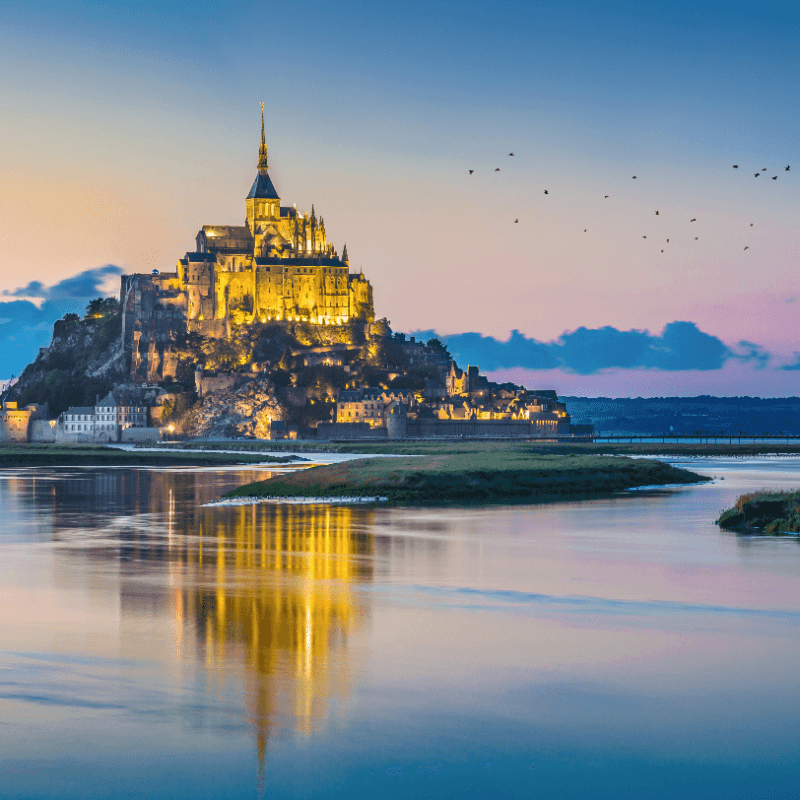
Rising dramatically from tidal waters, Mont Saint-Michel is both a fortress and a pilgrimage site. The medieval abbey tops this rocky island, creating a silhouette that has inspired artists for centuries.
The play of light on its Gothic spires at sunset is a sight to behold. Its narrow streets, lined with quaint shops and cafes, offer a journey back in time.
Did you know? At low tide, Mont Saint-Michel is accessible by foot, but the quicksand and tides have trapped more than a few unwary visitors.
Himeji Castle
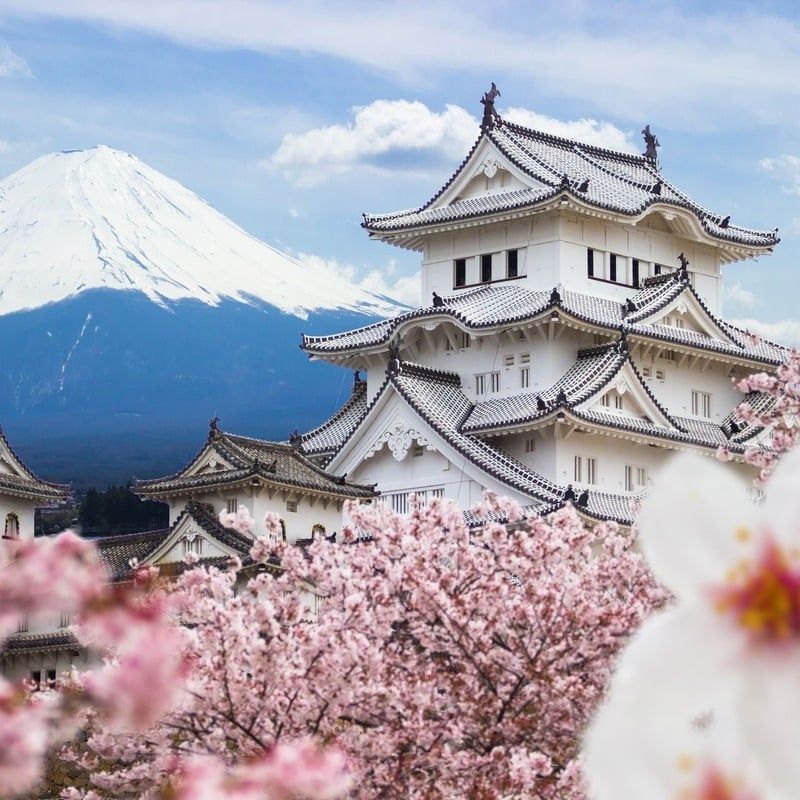
Himeji Castle, also known as the ‘White Heron Castle,’ stands as Japan’s most stunning example of traditional castle architecture. Its brilliant white facade seems to float above the cherry blossoms.
The complex network of gates and baileys illustrate its ingenious design, built to thwart invaders. Within, the wooden interiors echo tales of samurai valor.
Fun fact: Himeji Castle survived extensive bombing during World War II, largely due to a white plaster coating that made it appear invisible from above.
Kremlin
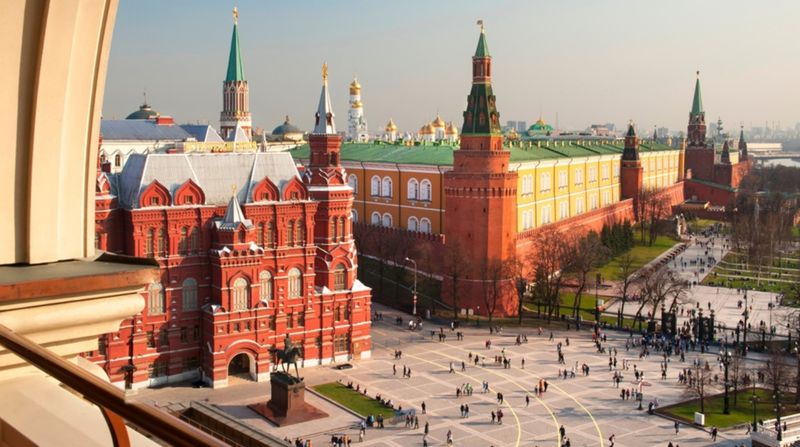
The heart of Russian politics and history, the Kremlin is more than just a fortress. With its iconic red walls and domed cathedrals, it’s a symbol of power and resilience.
Walking through its squares, one encounters echoes of tsars and revolutions. The Armory Chamber and the Tsar Bell reveal treasures of a vast empire.
A historical note: The Kremlin’s name means ‘fortress inside a city,’ aptly describing its strategic and cultural significance in Russian history.
Castel del Monte
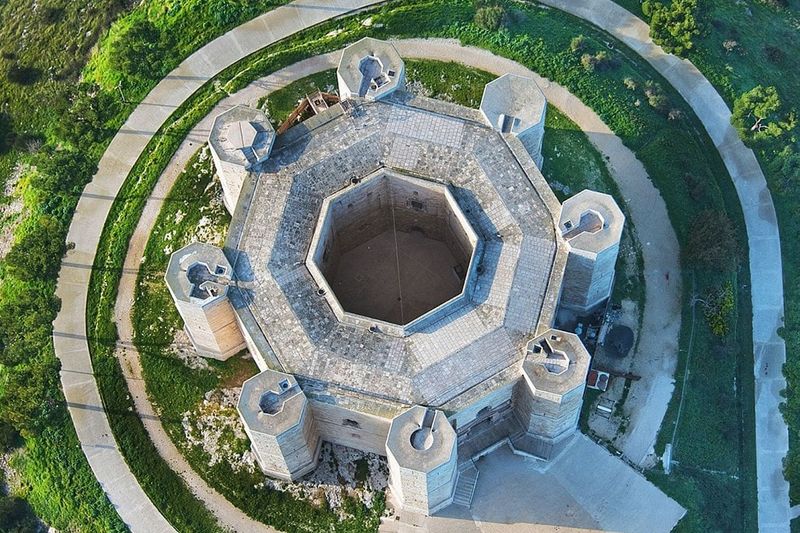
An architectural enigma, Castel del Monte in Italy captivates with its perfect octagonal design. Built by Emperor Frederick II, its purpose remains a mystery, sparking endless fascination.
Each corner of this geometric marvel houses a tower, blending elements of medieval, classical, and Islamic architecture. Its mathematical precision intrigues scholars and tourists alike.
Intriguingly, its remote location offers panoramic views of the Apulian countryside, further adding to its allure and mystery.
Windsor Castle
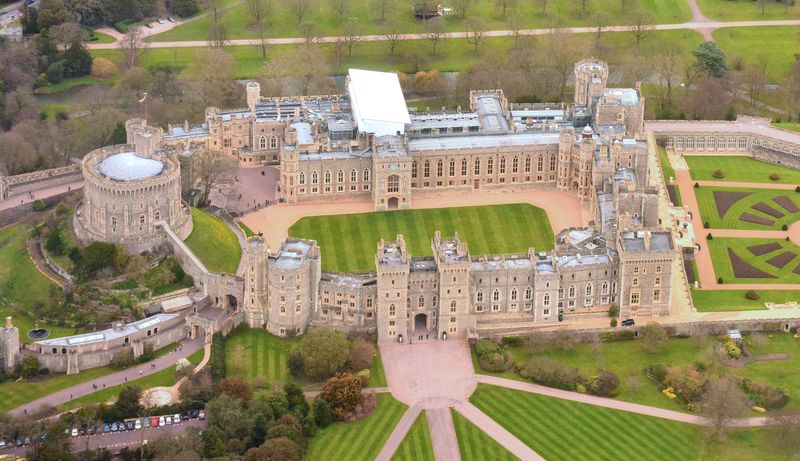
As the oldest and largest occupied castle in the world, Windsor Castle is the heartbeat of British royalty. Each corner whispers tales of monarchs past and present.
The State Apartments boast exquisite artworks, while St. George’s Chapel stands as a Gothic masterpiece. The Changing of the Guard remains a timeless tradition.
Did you know? During World War II, Windsor Castle served as a refuge for the British royal family, a testament to its enduring strength and history.
Carcassonne
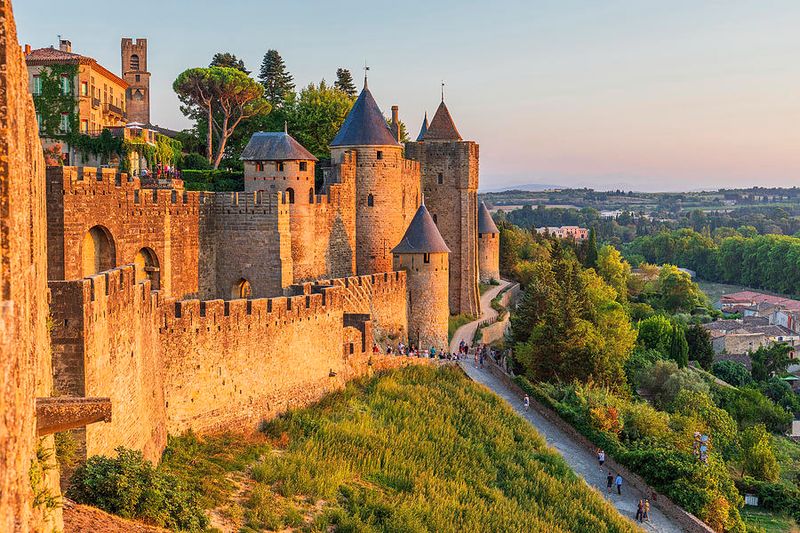
Carcassonne is a living tapestry of medieval history perched in the French countryside. Its double-walled fortifications and 52 watchtowers paint a picture of time gone by.
Walking along the ramparts, one can imagine the medieval life bustling within. The Cité’s narrow streets echo with stories of knights and troubadours.
A medieval legend: Carcassonne’s walls were believed to be unbreachable, a myth that still captivates historians and visitors today.
Château de Chambord

Château de Chambord is a Renaissance marvel nestled in the heart of France. Its intricate roofline, adorned with towers and chimneys, is a work of art.
The double helix staircase, rumored to be inspired by Leonardo da Vinci, is an architectural wonder. Wandering the vast parklands, one feels transported to a regal past.
Curious fact: Despite its grandeur, the château was initially built as a hunting lodge for King Francis I.
Tower of London
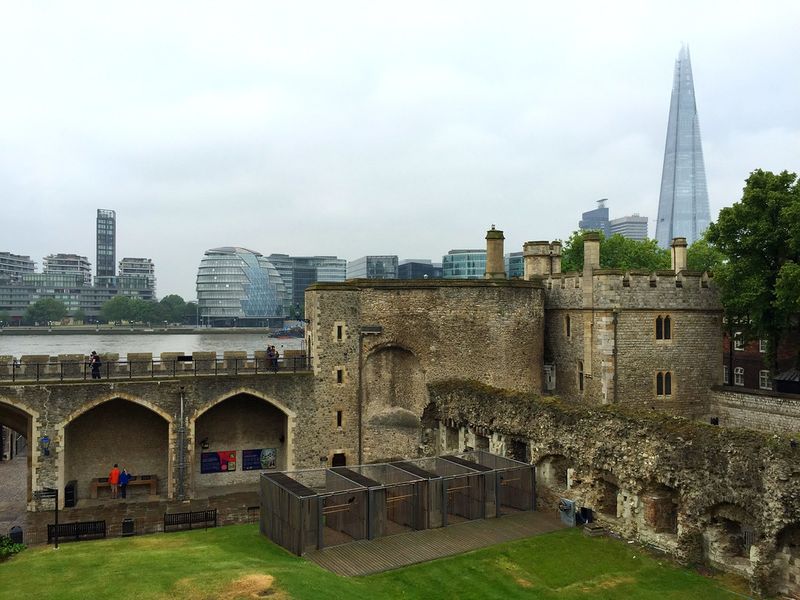
The Tower of London stands as a symbol of Britain’s complex history. From its Norman beginnings to its role as a royal prison, its stones have witnessed centuries of intrigue.
The White Tower, with its imposing structure, guards the Crown Jewels. Echoes of famous inmates reverberate through its halls.
Fascinating fact: Ravens are permanent residents, and legend has it that if they ever leave, the kingdom will fall.
Castillo de San Marcos
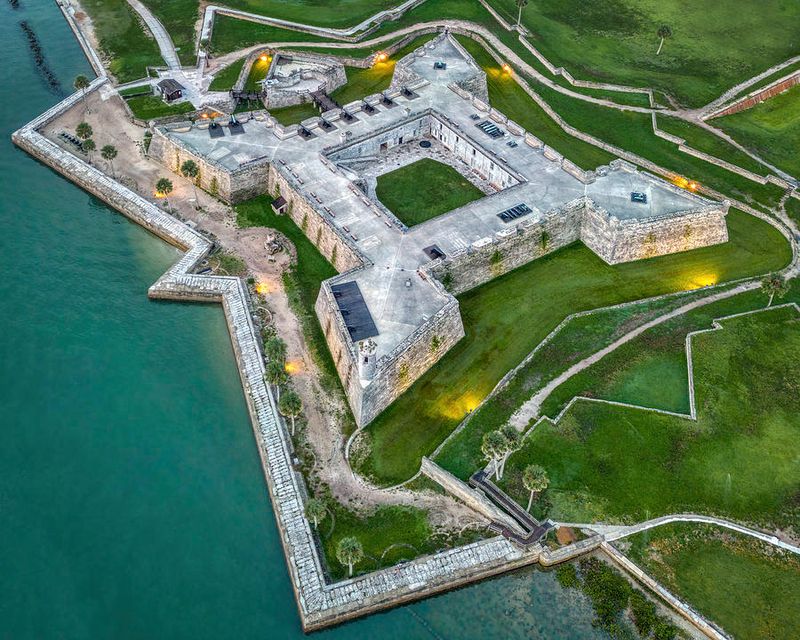
In St. Augustine, Castillo de San Marcos stands as America’s oldest masonry fort. Built using coquina stone, it has withstood the test of time and conflict.
The star-shaped design reflects Spanish military ingenuity. When walking its grounds, one can almost hear the echoes of cannons and the salty sea breeze.
Did you know? The porous coquina absorbed cannonballs, a natural defense that contributed to its enduring strength.
Krak des Chevaliers
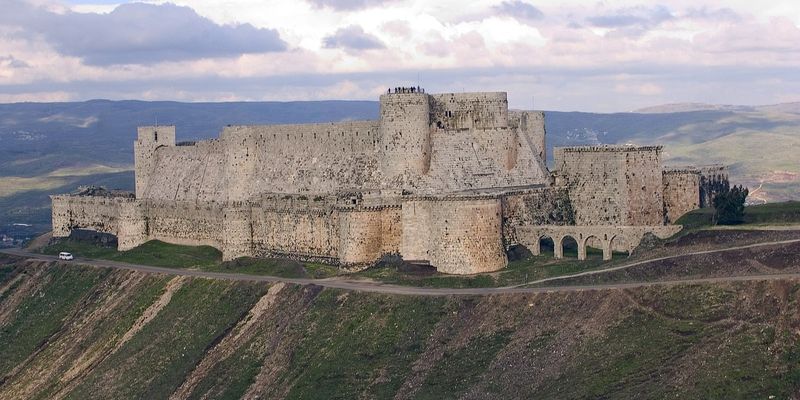
Krak des Chevaliers is the quintessential Crusader castle, perched atop a Syrian hill. Its massive stone walls and towers speak of an era of knights and chivalric battles.
Exploring its halls, one imagines the strategies and sieges that played out within. The inner courtyard and chapel capture the spirit of medieval fortification.
Fun fact: T.E. Lawrence, known as Lawrence of Arabia, once described it as “the best-preserved and most wholly admirable castle in the world.”
Bodiam Castle
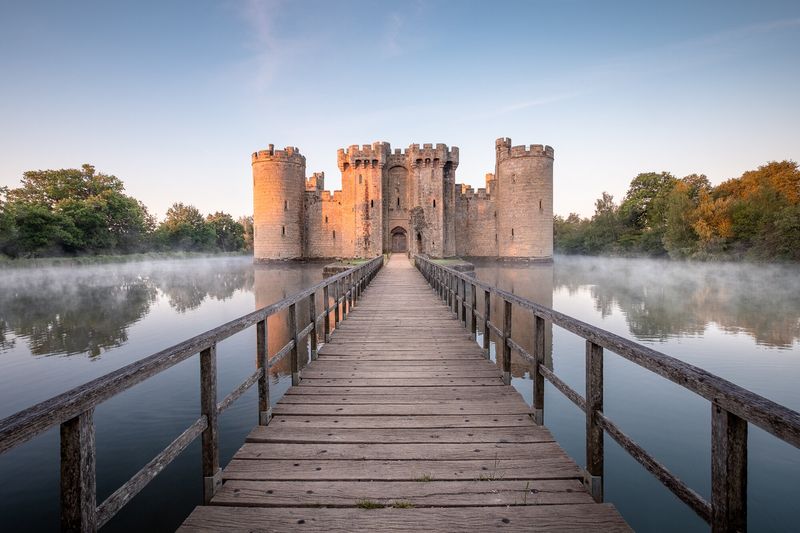
Bodiam Castle, seemingly floating on its wide moat, is a picture-perfect glimpse into medieval England. Built by Sir Edward Dalyngrigge, its battlements and towers are like scenes from a fairytale.
The castle’s design cleverly combines aesthetics with military function. Peering through its arrow slits, one imagines archers poised to defend.
Did you know? Despite its formidable appearance, Bodiam Castle was never attacked, leaving it in remarkable condition.
Eilean Donan Castle
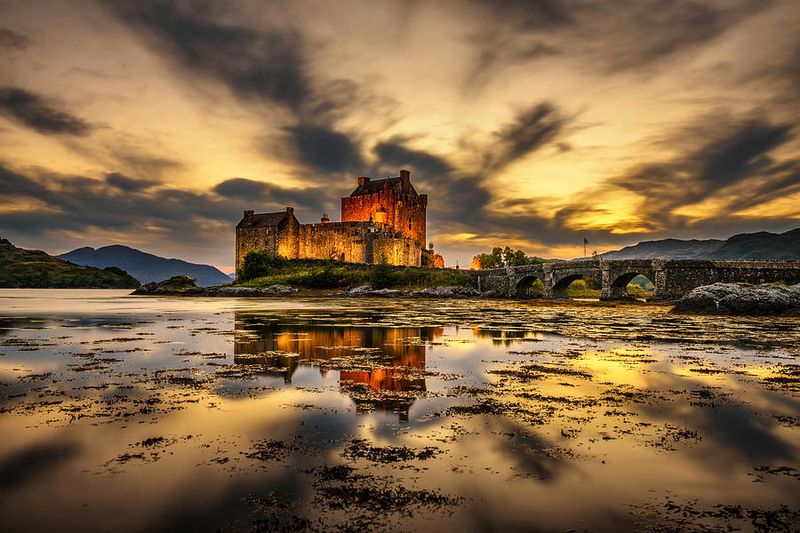
Eilean Donan Castle stands as a Highland icon, where three lochs meet amid Scotland’s rugged beauty. Rebuilt in the 20th century, its stone bridge and towers create a timeless silhouette.
Inside, the rooms are adorned with clan memorabilia, telling stories of Scottish heritage. The panoramic views around the castle are breathtaking.
A fascinating tidbit: Eilean Donan has featured in numerous films, enhancing its mythical charm and allure.
Fortress of Suomenlinna
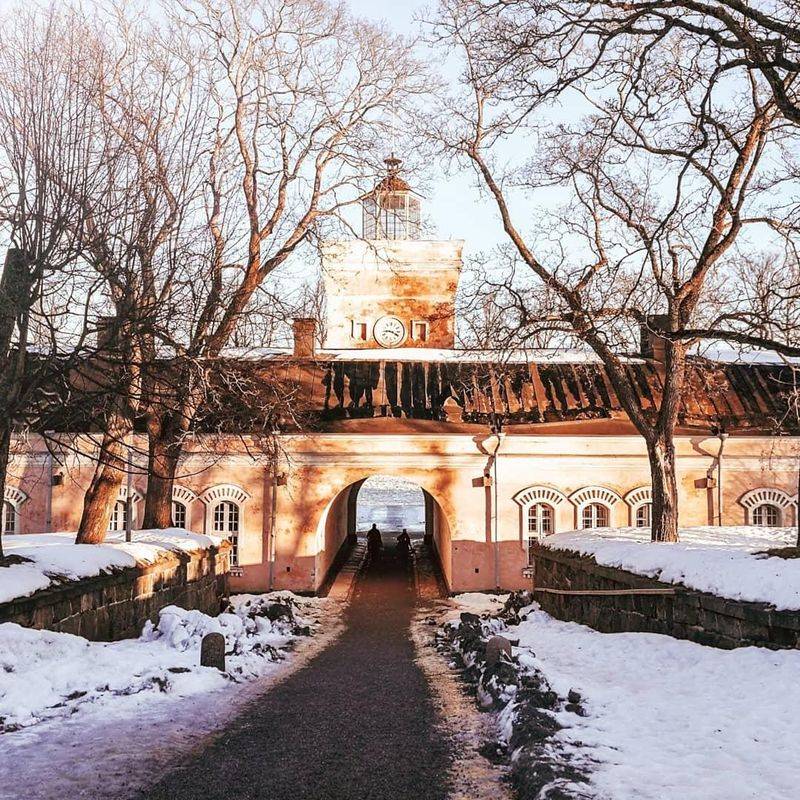
The sea fortress of Suomenlinna, spread across six islands, guards the entrance to Helsinki. Its walls and tunnels echo a rich history of Swedish, Russian, and Finnish influences.
Strolling through its cobbled paths, one discovers the maritime heritage that defines this UNESCO World Heritage site. The ice-cold waters add a haunting beauty.
Did you know? Suomenlinna is not just a fortress but also a lively community, where residents live amidst history.
Mehrangarh Fort
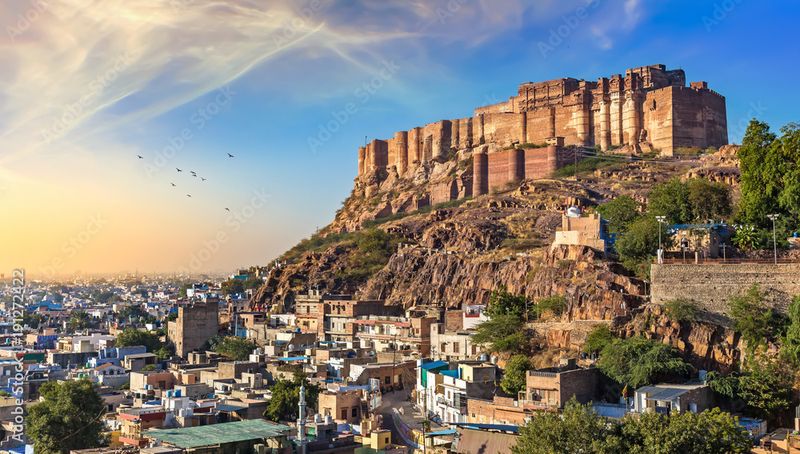
Mehrangarh Fort rises majestically from the Thar Desert, overlooking the city of Jodhpur. Its massive walls carve a striking silhouette against the sky.
Inside, the palatial rooms are filled with intricate carvings and royal memorabilia. The fort’s history as a seat of power resonates through its courtyards.
Interesting fact: Mehrangarh Fort’s construction began in 1459 and continues to be maintained by the descendants of the Rathore dynasty.
Citadel of Qaitbay
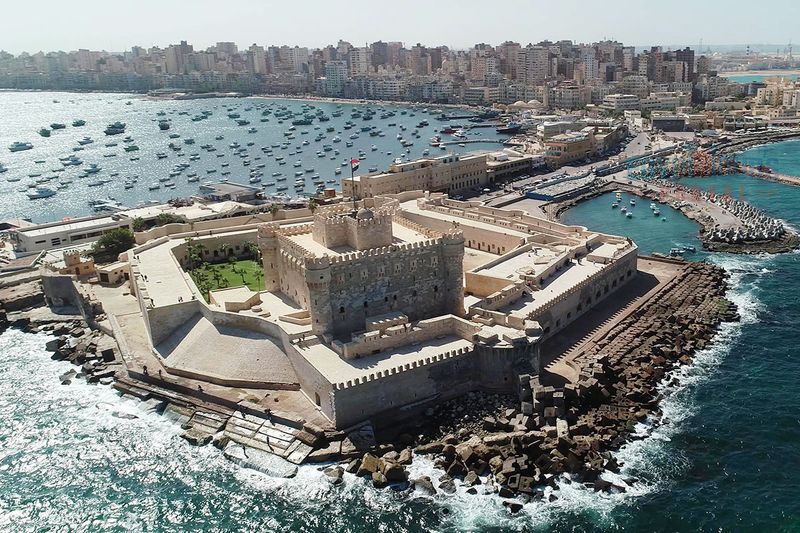
Perched on the Mediterranean coast in Alexandria, Egypt, the Citadel of Qaitbay is a marvel of medieval architecture. Originally built in 1477, it was constructed on the exact site of the ancient Lighthouse of Alexandria, one of the Seven Wonders of the Ancient World. This fortress stands as a testament to Egypt’s rich history and resilience.
The citadel’s robust walls have witnessed centuries of maritime history. From resisting invasions to serving as a naval base, it played a crucial role in protecting Egypt’s northern coast. The panoramic views of the sea from its ramparts are breathtaking.
Did you know? The citadel’s architecture blends Islamic and Mediterranean influences, creating a unique aesthetic. Today, it remains a popular tourist destination, offering a glimpse into Egypt’s storied past and architectural ingenuity.

